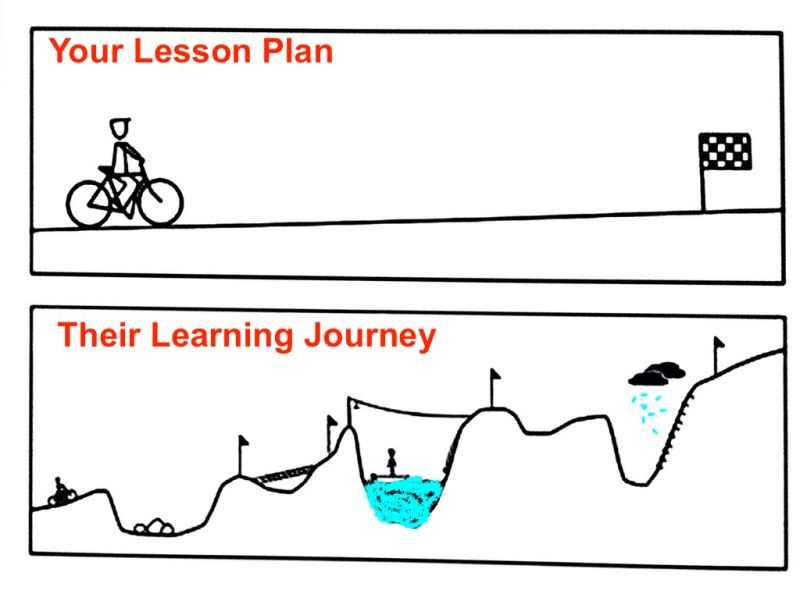
Many students expect learning to be a straight path from effort to success. They imagine that if they study regularly, their marks should rise predictably. But in reality, learning is rarely linear. It comes with plateaus, sudden breakthroughs and periods of frustration that are all part of genuine progress.
When students first begin learning a new topic or skill, improvement often feels fast. Early concepts click into place, and confidence grows quickly. But as the material becomes more complex, progress can seem to slow down. This plateau is not failure; it’s the brain working to connect ideas and build deeper understanding. Even when students feel stuck, their minds are still processing and strengthening those neural pathways beneath the surface.
This pattern is familiar in many areas of life. Athletes, musicians and artists all experience moments when progress seems invisible, followed by sudden leaps forward. Learning in the classroom works the same way. What matters most is persistence. Students who continue practising through those flat periods eventually reach new levels of mastery that come from consistent effort, not constant success.
For parents and tutors, it’s important to recognise and normalise this process. Praising persistence instead of just results helps students understand that learning is a journey, not a scoreboard. When students feel supported during the slower phases, they are less likely to give up and more likely to keep engaging with the challenge.
By viewing learning as a series of ups and downs rather than a smooth climb, students can develop patience and resilience. They learn to trust that effort adds up over time, even when results take longer to show. Progress may not always look neat on paper, but every struggle contributes to the deeper, lasting growth that true learning brings.
Freddie Le Vay

